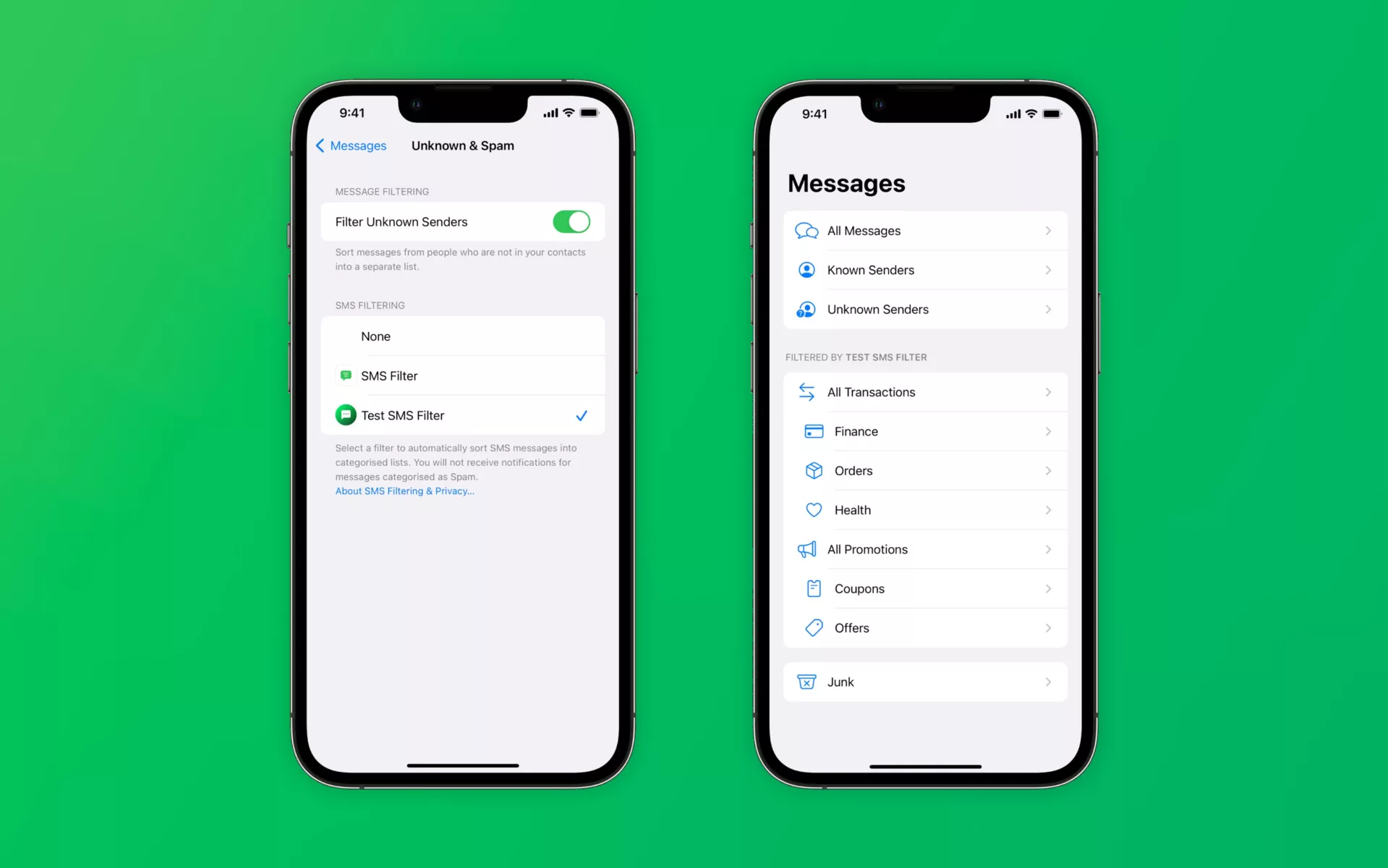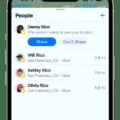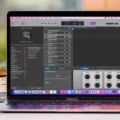In today’s digital age, smartphones have become an essential part of our lives. With the increasing use of mobile phones, spam texts have also become a common nuisance. Thankfully, iPhone users can take advantage of a built-in feature called the Spam Text Folder to deal with these unwanted messages effectively.
See Also: The Best iPhone Accessories to Enhance Your Everyday Life for our top rated list of accessories!
To access the Spam Text Folder on your iPhone, follow these simple steps:
1. Go to your iPhone’s Settings.
2. Scroll down and tap on Messages.
3. Look for the Message Filtering option and tap on it.
4. Toggle on the Filter Unknown Senders button.
Enabling this setting ensures that you only receive messages from people in your contacts, filtering out potential spam texts. Now, let’s dive deeper into how the Spam Text Folder works and how it can help you manage unwanted messages.
Once you’ve enabled Filter Unknown Senders, any text messages received from unknown senders will be automatically sorted into the Spam Text Folder. To view these messages, follow these steps:
1. Open the Messages app on your iPhone.
2. Tap on the Filters button, located at the top-left corner of the screen.
3. Select the option for Unknown Senders.
Now, you can see all the messages that have been marked as spam by your iPhone. This allows you to review and delete them without cluttering your main message inbox.
But what if you accidentally mark a legitimate message as spam? Don’t worry, you can easily retrieve it. Here’s how:
1. Open the Messages app.
2. Tap on the three-dot menu at the top-right corner of the screen.
3. Select the option for Spam & Blocked.
In the Spam & Blocked folder, you’ll find all the messages you’ve reported as spam or blocked. From here, you can review and unblock any legitimate messages that may have been mistakenly marked as spam.
It’s important to note that while the Spam Text Folder is a handy tool for managing unwanted messages, it may not catch all spam texts. Some spam messages may still slip through the filter, so it’s always a good idea to stay vigilant and be cautious when receiving texts from unknown senders.
The iPhone’s Spam Text Folder is a useful feature that helps users effectively deal with spam texts. By enabling the Filter Unknown Senders option and accessing the Spam & Blocked folder, you can easily manage and delete unwanted messages. Remember to regularly check the folder to ensure you don’t miss any important messages that may have been marked as spam.

Where Do You Find Spam Messages On Your iPhone?
To locate spam messages on your iPhone, follow these step-by-step instructions:
1. Open the “Settings” app on your iPhone’s home screen.
2. Scroll down and tap on “Messages.”
3. Within the Messages settings, you’ll find an option called “Message Filtering.” Tap on it.
4. In the Message Filtering settings, you will see a toggle switch called “Filter Unknown Senders.” Turn this switch on.
5. With the “Filter Unknown Senders” option enabled, you will only be able to view messages from people who are not in your contacts. These messages will be filtered and redirected to a separate section called “Unknown Senders.”
6. To access the filtered spam messages, exit the settings and open the “Messages” app on your iPhone.
7. In the Messages app, you’ll notice a new tab labeled “Filters” at the top left corner. Tap on it.
8. Within the Filters section, you will find a folder called “Unknown Senders.” Tap on it to view all the messages from unknown or non-contact senders, which are typically considered as spam.
By following these steps, you can easily locate and access spam messages on your iPhone in the dedicated “Unknown Senders” folder.
Do Text Messages Have a Spam Folder?
Text messages do have a spam folder. In most messaging apps, including the Message app on iPhones, there is a feature that automatically filters and separates spam messages from your regular inbox. This helps to keep unwanted and potentially harmful messages out of sight and ensures that your main inbox remains clutter-free.
To access the spam folder in the Message app, you can follow these steps:
1. Open the Message app on your phone.
2. Look for the three-dot menu located at the top right corner of the app interface.
3. Tap on the three-dot menu to open a drop-down menu with various options.
4. From the drop-down menu, select the “Spam & Blocked” option.
5. This will take you to the spam folder where all the messages identified as spam will be stored.
By accessing the spam folder, you can review and manage any messages that have been marked as spam by your messaging app. It provides an additional layer of protection against unwanted messages and allows you to have more control over your text message inbox.
It’s worth noting that the spam filter might occasionally mark legitimate messages as spam, so it’s important to periodically check the spam folder to make sure no important messages have been filtered out by mistake.
How Do You Manage Spam Texts On Your iPhone?
To manage and block spam texts on your iPhone, follow these steps:
1. Open the Settings app on your iPhone.
2. Scroll down and tap on “Messages”.
3. Within the Messages settings, locate and tap on “Message Filtering”.
4. Toggle on the option labeled “Filter Unknown Senders”.
Enabling this setting will help filter and block text messages from unknown senders. These are typically the ones that are likely to be spam or unsolicited messages. By filtering out these messages, your iPhone will separate them into a separate tab within the Messages app, making it easier to identify and delete them if necessary.
In addition to enabling the “Filter Unknown Senders” option, you can also take further steps to manage spam texts on your iPhone:
1. Delete spam texts: If you receive a spam text, simply swipe left on the message in your Messages app and tap on the “Delete” button. This will remove the message from your inbox.
2. Report spam texts: If you receive persistent spam texts from the same number, you can report them to your mobile carrier. Forward the spam message to your carrier’s spam reporting service, typically a number provided by your carrier specifically for reporting spam texts.
3. Block specific numbers: If you’re receiving spam texts from a specific number, you can block that number. Open the Messages app, find the spam text, tap on the “i” icon next to the sender’s name, and select “Block this Caller”. This will prevent any future messages or calls from that number from reaching your iPhone.
By following these steps and utilizing the built-in features on your iPhone, you can effectively manage and block spam texts, keeping your inbox clean and free from unwanted messages.
Conclusion
The iPhone spam text folder is a useful feature that helps users filter and manage unwanted messages effectively. By enabling the Filter Unknown Senders option in the Messages settings, users can prevent messages from unknown contacts from appearing in their main inbox. Instead, these messages are directed to the spam folder, which can be accessed by tapping the three-dot menu in the Message app and selecting Spam & Blocked.
The spam text folder provides a convenient way to view and organize spam messages separately from legitimate messages. This helps users avoid clutter in their main inbox and allows them to focus on important conversations. By keeping spam messages separate, users can quickly identify and delete them without having to sift through their entire message history.
Additionally, the spam text folder also serves as a repository for accidentally reported messages. If a user mistakenly reports a message as spam, they can easily find it in the spam folder and take appropriate action, such as unblocking the sender if necessary.
The iPhone spam text folder is a valuable tool for managing and controlling unwanted messages. It adds an extra layer of protection and organization to the messaging experience, ensuring that users can easily identify and handle spam messages without any hassle.








